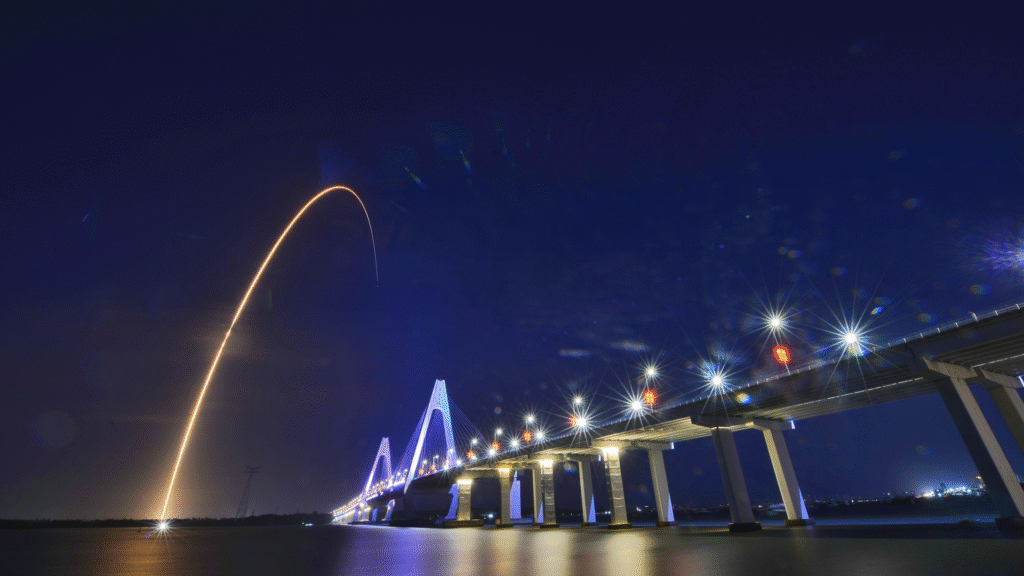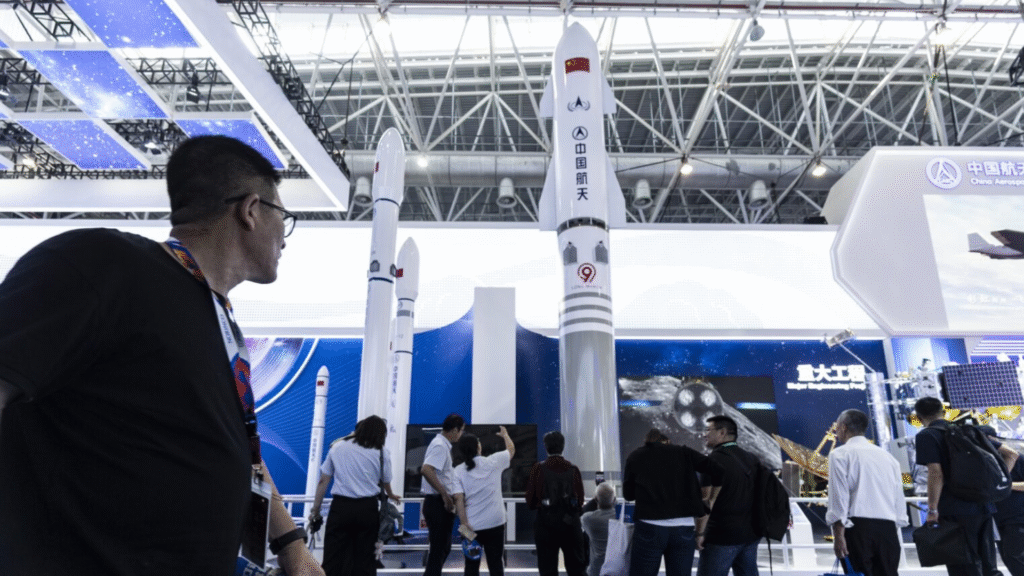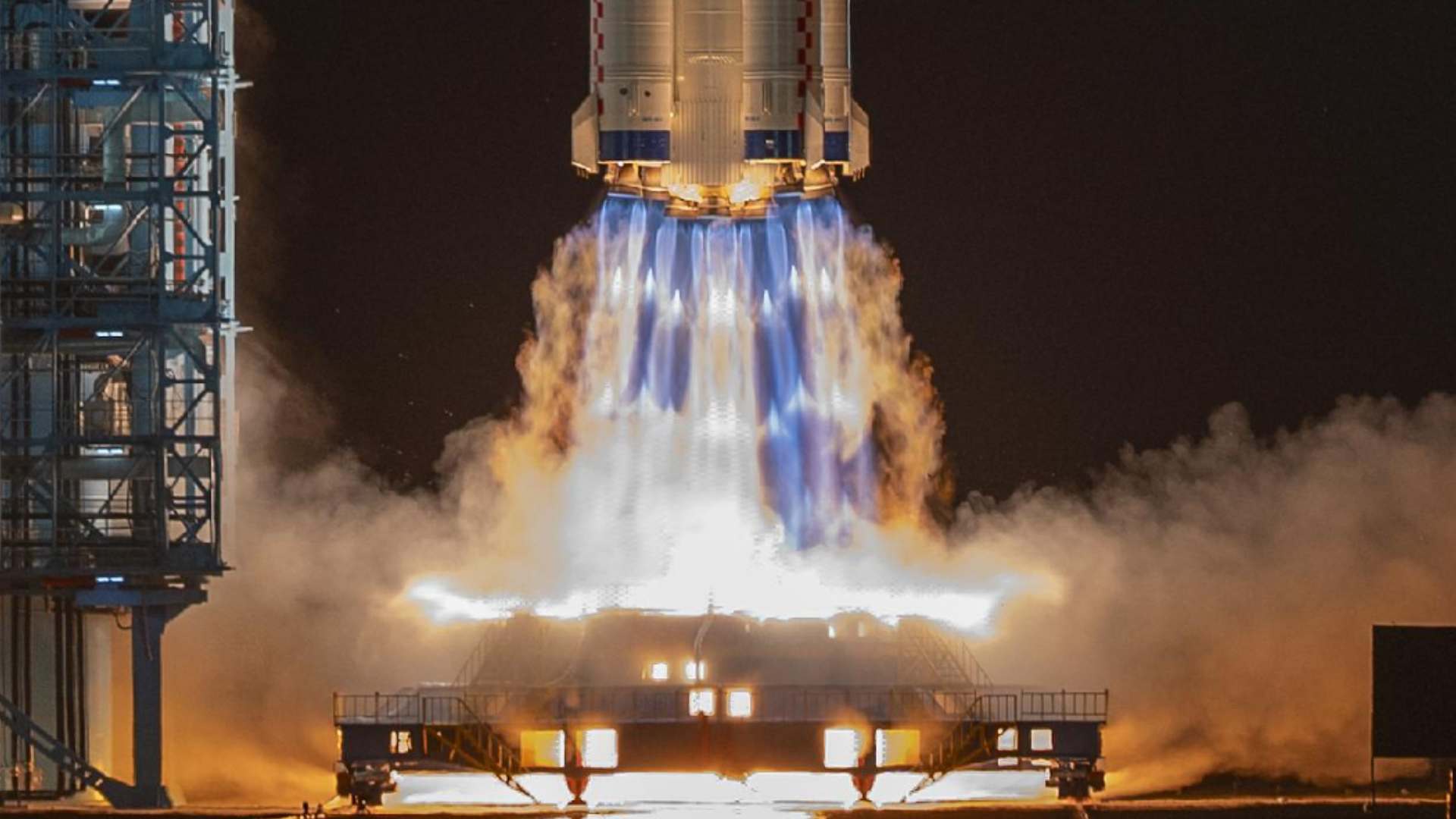
A new analysis by the Commercial Spaceflight Federation warns that China’s rapidly advancing space program could overtake the United States in space technology and exploration within five to ten years, signaling a seismic shift in global space leadership with significant national-security and scientific implications.
Explosive Commercial Investment Growth

According to the “Redshift” report, China’s commercial space investment skyrocketed from $164 million in 2016 to $2.86 billion in 2024, a more than 17-fold increase in under a decade. This surge has fueled a proliferation of private launch firms—over a dozen have raised more than $3 billion since 2020—developing medium-lift and reusable rockets that rival U.S. offerings like SpaceX’s Falcon 9 (Ars Technica).
China now operates six orbital launch sites, compared to the U.S. reliance on private-sector pads, and its “Space Silk Road” initiative encompasses 80+ international partnerships in satellite manufacturing, launch services, and ground-station networks. The diplomatic outreach is “eroding U.S. influence” by drawing nations into China-led space projects (NewsBytes).
Milestone Achievements and Ambitious Mars Plans
China has consistently met high-profile goals while key NASA programs face budget cuts and delays. The successful Chang’e-6 mission returned samples from the Moon’s far side—an unprecedented achievement—while China plans to launch Tianwen-3, its Mars sample-return mission, in 2028, potentially delivering Martian rocks by 2031. In contrast, NASA’s Mars Sample Return has ballooned from $3 billion to $11 billion and is now slated post-2030, with its science budget set to be cut 47% in the Trump administration’s FY 2026 proposal.
“The U.S. is still ahead today, but China is advancing very quickly and poised to overtake us in the next five to ten years if we don’t act,” said Dave Cavossa, president of the Commercial Spaceflight Federation (Ars Technica).
Tiangong Station and Lunar Ambitions
China’s Tiangong space station, completed in 2023, is set to become the primary low-Earth orbit platform after the ISS retires in 2030. Plans to add three new modules will extend operations through 2037, while NASA has no direct ISS successor. Meanwhile, China aims for a crewed lunar landing by 2030, even as NASA’s Artemis program grapples with cost overruns and schedule slips.
U.S. Budget Cuts and Policy Responses
The Trump administration’s FY 2026 budget blueprint calls for a 24% reduction in NASA funding, with science programs cut 47%, sparking protests from within the agency and bipartisan congressional concern. Acting NASA Administrator Sean Duffy defended the agency’s trajectory, citing strong support for Artemis, but analysts warn that deep cuts to scientific missions risk undermining U.S. leadership across the broader space ecosystem.
Arizona State University space-policy analyst Jonathan Roll, co-author of the report, noted, “I thought I had a good read on China’s trajectory, but almost everything needed updating three years later. It was pretty scary” (Ars Technica).
Strategic Imperatives
The report urges immediate policy action and increased investment to maintain U.S. competitive advantages in launch, robotics, human spaceflight, and deep-space science. Without a substantial course correction, America risks ceding its decades-long space supremacy to China—a challenge with profound implications for national security, international partnerships, and the next frontier of scientific discovery.










